Are you ready to embark on a journey through the captivating history of Montana’s Gold Rush?
If you’ve ever wondered about the tumultuous stories of Grasshopper Creek, Alder Gulch, and other mining camps that once thrived during this gold frenzy, then you’re in for a real treat.
We’ll unravel the tales of the largest gang ever recorded, led by the notorious John White, who ruled the mining towns with an iron fist.
But it wasn’t all about the violent gangs and social activity. Oh no!
The Montana Gold Rush was brimming with astounding major strikes of gold and unimaginable gold deposits that ignited the hopes and aspirations of countless gold miners.
So, whether you’re a history aficionado or a curious adventurer craving tales of fortunes won and lost, join me as we explore the explosive occurrences of gold that brought Montana into the spotlight.
The discovery of gold would forever change the lives of those who sought their fortune in these wild landscapes, and the effects of that monumental discovery are still felt to this day.
- Related article: When Did Montana Become a State
Let’s set out on an escapade full of exhilarating tales and glittering nuggets of gold.
Montana Pre-Gold Rush Era
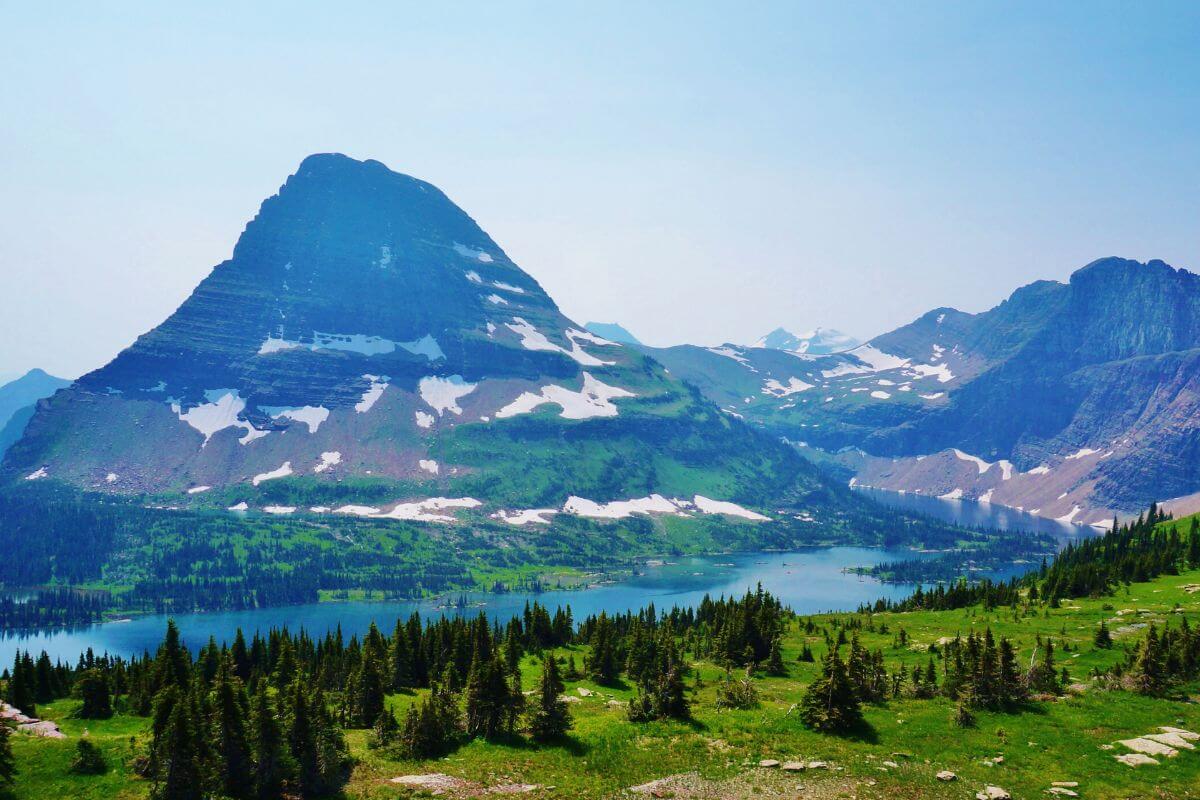
Montana, a land of captivating history and a rich tapestry of stories waiting to be unraveled.
But before the discovery of gold sent shockwaves through the region, there was a Pre-Gold Rush Era that set the stage for the dramatic events that would follow.
The Lewis and Clark Expedition, fueled by curiosity and the spirit of exploration, ventured through Montana between 1804 and 1806 as they charted the vast unknown territory acquired through the Louisiana Purchase.
Montana, it seemed, was destined to play a significant role in the history of the United States and the Western mining history.
During the 1800s, Montana became a significant region for the fur trade, with traders fanning out across the land in search of valuable pelts to satisfy the demands of fashion.
But in the 1830s, a dramatic shift occurred. The once-thriving beaver population dwindled, and Montana’s fur traders turned their attention to the majestic bison that roamed the plains.
Tragically, in 1837, a smallpox epidemic struck Montana, leaving many Native American communities devastated by the loss of their people.
However, hope and resilience emerged in the form of Father DeSmet, who, in 1841, built St. Mary’s Mission, the first church and pioneer settlement in the region.
Alongside Christian teachings, Father DeSmet introduced farming and animal husbandry, bringing new possibilities to this untamed land. This marked a turning point in the development of Montana’s social fabric.
Meanwhile, to the west, the allure of gold was taking hold. In 1848, the first gold rush sparked a frenzy in California, drawing in hundreds of thousands of hopeful prospectors.
Here’s one cool fact about Montana’s origins. Did you know? The origins of Montana’s name can be traced back to the Spanish term “Montaña Relucientes,” which means “shining mountains.”
Montana, with its rugged mountains and untapped potential, beckoned to the adventurous souls who sought their fortunes. By the 1850s, reports of gold in Montana began to circulate, and prospectors made their way to the region in search of untold riches.
And so, the Pre-Gold Rush Era laid the groundwork for the captivating history that was about to unfold.
Montana, once an untamed frontier, would soon become the stage upon which legends were born, and a new chapter in its rich history would be written.
Major Gold Strikes in Montana
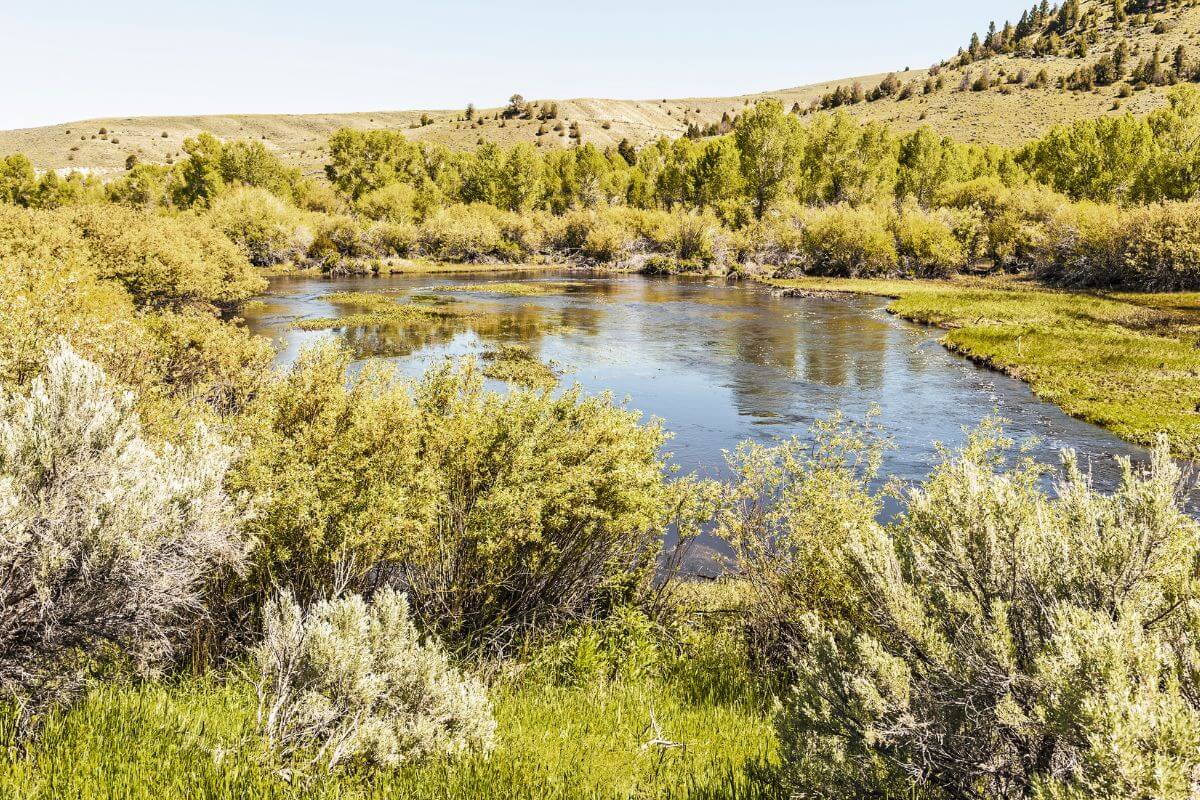
In the early 1850s, while roaming the wilds of Deer Lodge Valley, fur trapper Benetsee stumbled upon a smidgen of gold. This tiny discovery sparked intriguing conversations about the untapped potential of Montana’s gold reserves.
Fast forward to July 1862, when two ambitious prospectors named John White and William Eads unearthed a gold strike of monumental proportions along a tributary of the Beaverhead River.
They fittingly named this newfound treasure Grasshopper Creek, owing to the abundance of grasshopper population buzzing around.
News of this gold discovery spread like wildfire, and soon enough, around 400 miners flocked to the area, birthing a town they aptly christened Bannack City.
But the excitement didn’t stop there.
In May 1863, a group led by the determined Bill Fairweather stumbled upon yet another gold strike. This time, it was along a picturesque stream in the Ruby River Valley, forever known as Alder Gulch.
The allure of gold was simply irresistible, attracting a tidal wave of dreamers and adventurers who flocked to Alder Gulch in droves, founding towns left and right. The largest of these settlements, Virginia City and nearby Nevada City emerged as a beacon of hope and opportunity for the gold-seeking masses.
Not to be outdone, the “Four Georgians” struck gold for the third time in Last Chance Gulch nestled in the Prickly Pear Valley in 1864, birthing the thriving town of Helena.
Within the span of just four years, these three major gold strikes unleashed a migration unparalleled in history. Montana surged to life, with mining camps and towns sprouting like wildflowers wherever the sparkle of gold beckoned.
The impact on the Native American tribes that called this land home was profound, as they were thrust into a perpetual struggle for resources amidst the influx of miners and settlers.
Ounces upon ounces of Montana gold were unearthed, bringing forth a wealth that amounted to over $90 million in the short span from 1862 to 1866.
That staggering sum, equivalent to roughly $1.1 billion in today’s currency, painted a picture of a time when dreams were realized and fortunes were made.
Montana’s majestic landscape bore witness to it all—confederate gulches, bustling towns, and the relentless pursuit of that elusive glimmer.
The Boomtowns and Mining Camps
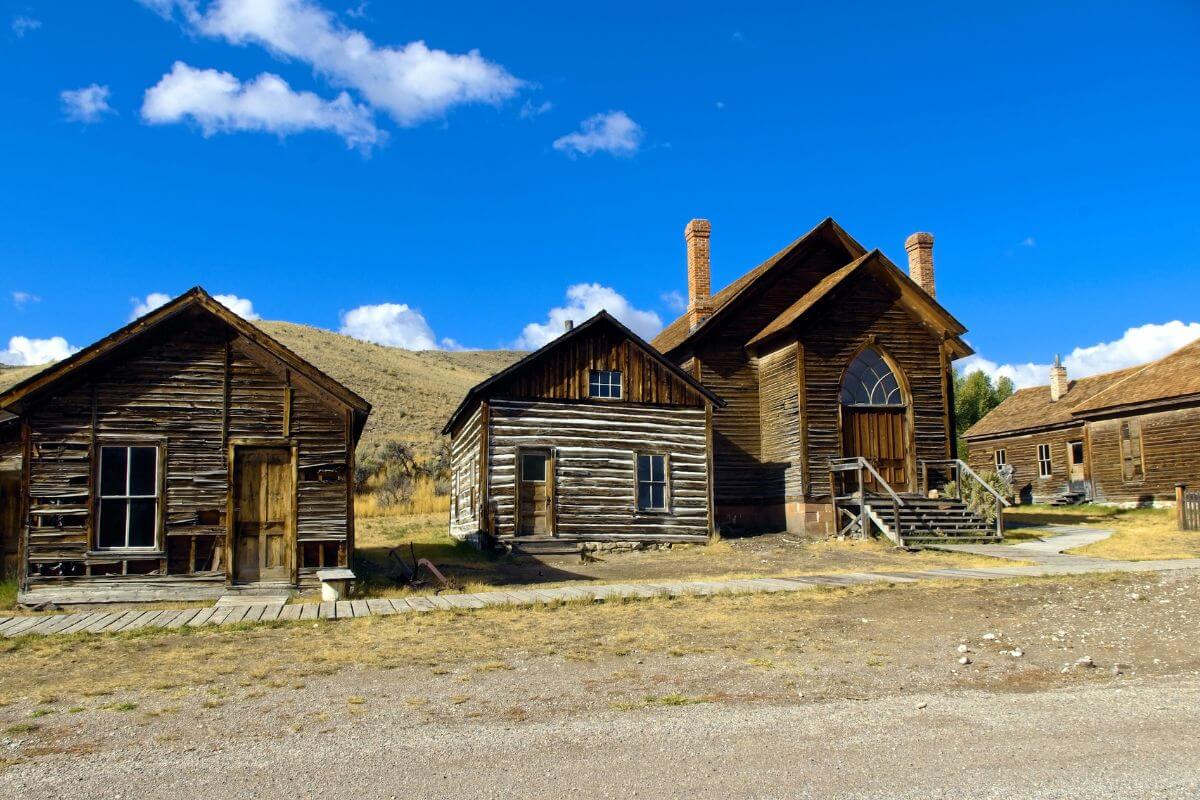
The boomtowns and mining camps of Montana’s Gold Rush. Bannack, Virginia City, Helena – these names conjure images of bustling mining district, each with its own tales of triumph and hardship.
The pioneers who ventured into Montana’s historic mining towns braved treacherous journeys, traversing from Fort Benton to overland trails like the Mullan Road and Corinne Road, or traveling by steamboat along the winding rivers.
It was a tumultuous time, with immigrants from all corners of the globe converging upon this wild frontier.
Life in the gold camps was no walk in the park. Settlers faced harsh conditions, scarcity of resources, and uneasy encounters with the Native American tribes.
Yet, amidst the challenges, a multicultural tapestry unfolded, with French, Métis, Spanish, Canadian, American, Mexican, Chinese, German, Dutch, British, Irish, African American, and Jewish people all seeking their fortunes in the gold mines.
Chinese immigrants, in particular, played a significant role in the mining camps of Montana. They brought with them their entrepreneurial spirit, engaging in various businesses and contributing to the development of these burgeoning towns.
But as the settlers staked their claims and dug deep into the earth, the landscape of Montana began to transform.
The once pristine wilderness became dotted with bustling mining camps, their very existence altering the lives of the Native American tribes who called this land home.
Interactions were varied – some positive, others tinged with prejudice. The clash of cultures was inevitable, and tensions often simmered beneath the surface.
Yet, in this crucible of Montana’s major gold rush, an enduring legacy was forged, etched into the very fabric of the state’s history.
For in those boomtowns and mining camps, lives were forever changed, and Montana stood as a testament to the indomitable spirit of those who braved the elements, sought their fortunes, and left an indelible mark upon the land.
Gold Rush Decline
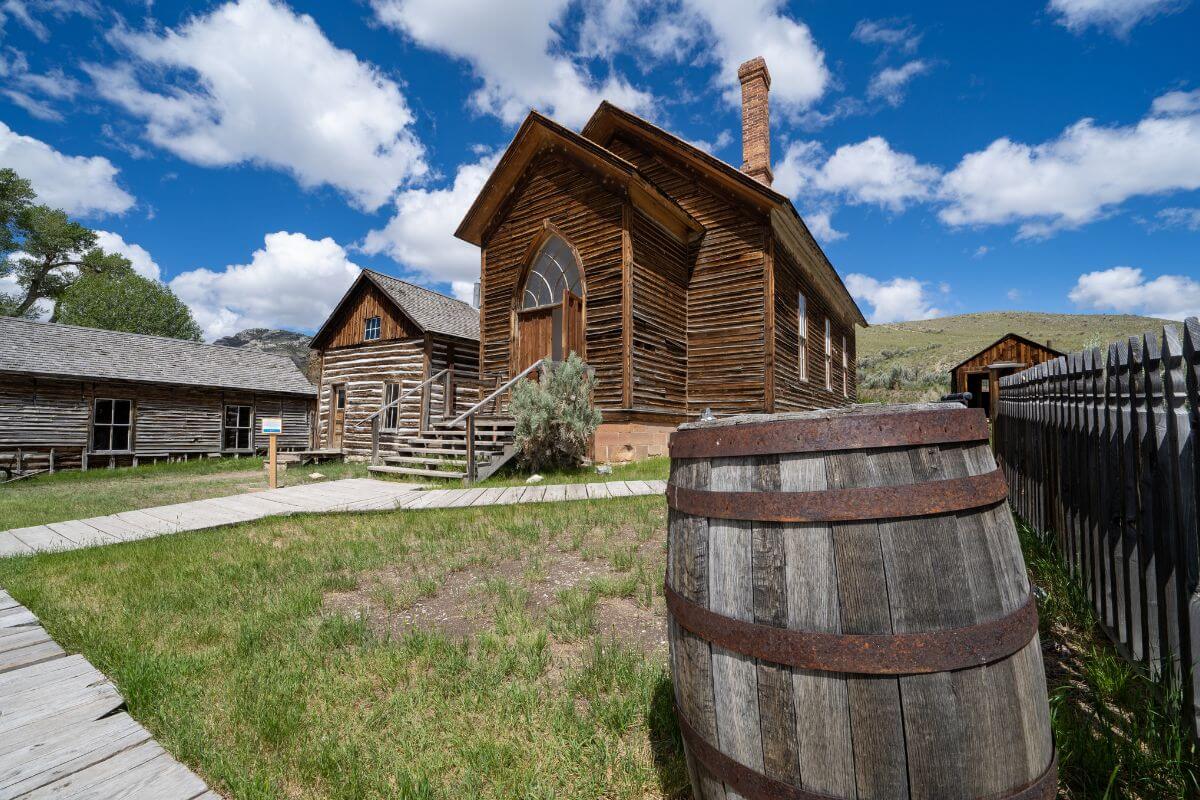
As the Montana Gold Rush reached its zenith, the promise of wealth and adventure began to fade like the fiery colors of a Montana sunset.
Miners, eager to protect their hard-earned gold claims, established miners’ courts, electing judges and recorders to help maintain order. Often, these makeshift courts were ill-equipped to handle the rising tide of violence that engulfed the bustling gold camps.
Juries were assembled to decide ordinary cases, while the entire community was called upon to weigh in on criminal matters. Court sessions were convened on Sundays, accommodating the attendance of all those involved.
However, the criminal activity that lurked within the gold camps proved too much for the miners’ courts to handle.
Criminal elements and gang violence, led by the notorious gang leader Henry Plummer, roamed the streets, instigating fear and unrest.
Faced with escalating violence, vigilantes took justice into their own hands. The Vigilance Committee was formed to execute criminals without the formality of a trial.
The need for proper government services was apparent, and in 1864, the Montana Territory was established as a separate territory organized out of the Idaho Territory.
Sidney Edgerton became its first governor, but politics were rife with tension, reflecting the aftermath of the Civil War and the divide between Democrats and Republicans.
By the early 1870s, the glory days of the Montana Gold Rush were on the wane.
The easily accessible gold in streambeds had been depleted, prompting miners to seek veins of gold nestled within mountainsides.
The development of new mining techniques made it more challenging to extract gold from the ore. Quartz mining, also known as hard-rock mining, required expensive equipment and expertise in gold mining operations.
As the gold rush declined, many boomtowns were abandoned, leaving behind a collection of ghost towns. The loss of jobs led to increased poverty and crime, leaving many people without homes.
However, this decline also marked the birth of new industries, as agriculture and tourism took root in this once-booming region.
While Montana’s gold mining industry may no longer enjoy its former glory, the state continues to boast active mines and a rich infamous history shaped by the rise and fall of the Gold Rush Era.
From the copper mines of Butte to the remnants of numerous ghost towns, Montana still bears the scars of a bygone era overshadowed by the exhaustion of gold deposits in rich gold regions and the violence that once plagued its streets.
Gold Rush Legacy

The Montana Gold Rush often hailed as the “Last Great Gold Rush,” left an indelible mark on the state’s economy and culture.
It sparked a frenzy of activity that led to the founding of major cities like Helena, Butte, and Billings.
Prospectors flocked to the region in search of fortune, and it is estimated that the Montana Gold Rush produced over $300 million worth of gold.
Beyond its economic impact, this major rush also had profound cultural significance.
It inspired a wave of creativity, with artists, writers, and musicians drawing inspiration from the allure of striking it rich.
The development of new transportation routes, such as the Bozeman Trail, facilitated the influx of people and goods into the territory.
However, like many gold rushes before it, the Montana Gold Rush followed a familiar pattern of boom-and-bust cycles.
Periods of rapid growth and prosperity were inevitably followed by economic downturns as gold reserves were depleted or metal prices fluctuated.
Despite these challenges, Montana’s Gold Rush legacy is preserved in numerous historic sites, landmarks, and museums.
These invaluable resources offer a window into the state’s rich mining history and the profound impact it had on the development of the region.
Montana’s Gold Rush Final Thoughts
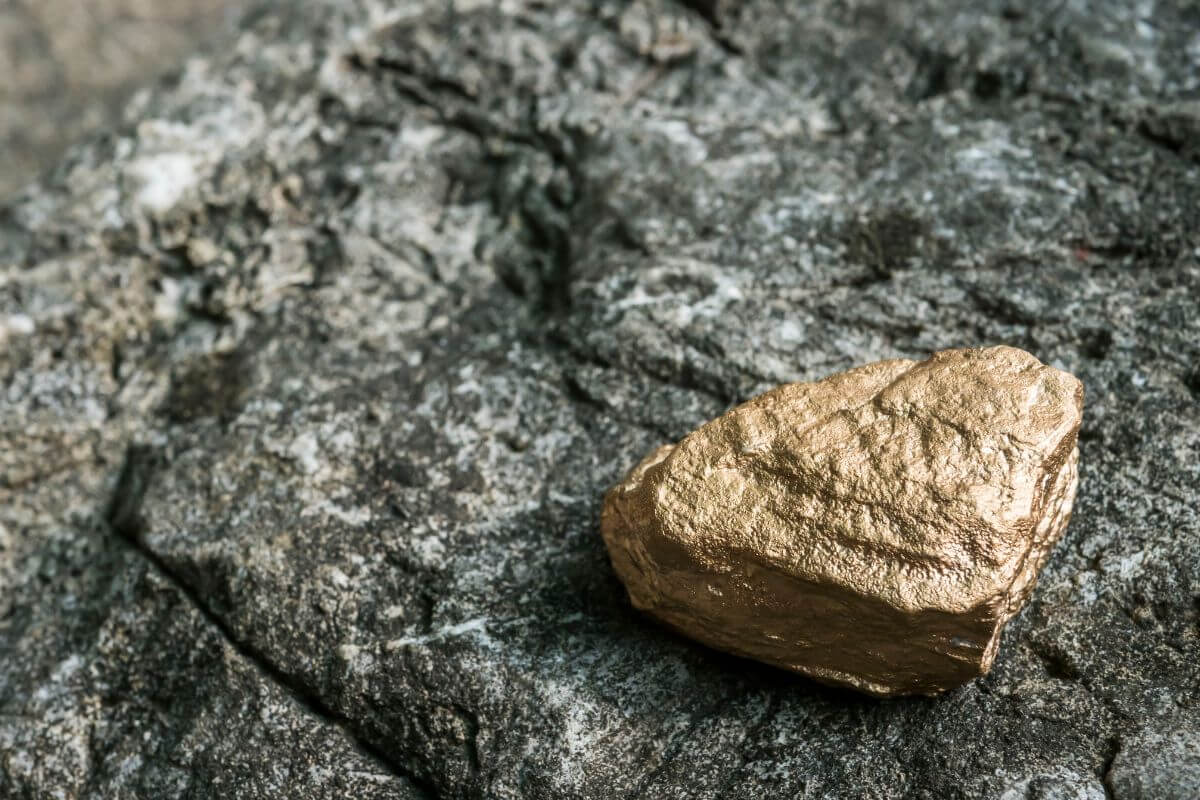
The Montana Gold Rush and its impact it had on the region can leave anyone awestruck.
The economic growth it spurred was undeniable, with mining camps sprouting up across the territory and the promise of riches luring people from all walks of life.
Montana, with its rich natural resources, became a magnet for those seeking fortune.
But like the fickle nature of gold itself, the boom-and-bust cycles that followed were a reminder of the transient nature of success.
As gold reserves were depleted and metal prices fluctuated, economic downturns inevitably followed periods of rapid growth.
Yet, despite these challenges, the remnants of this historic era can still be seen today.
Preserved ghost towns and historic sites stand as a testament to the Montana Gold Rush. These remnants offer a glimpse into the lives of the gold miners and the impact they had on the development of the region.
It is both a somber reminder of the transient nature of fortune and a testament to the resilience and entrepreneurial spirit of those who ventured to Montana in search of gold.
The Montana Gold Rush reminds us of the enduring legacy it leaves behind. The story of this major gold rush continues to captivate the imagination and serves as a reminder of the intertwined nature of history, economics, and human ambition.
In Montana, the echoes of the gold rush still resonate, beckoning visitors to explore the history, legends, and untold stories that lie within its ghost towns and mining camps.
It is a journey that takes us back to a time of hope, adventure, and the pursuit of the American dream.
Montana’s Gold Rush FAQs
1. Who Discovered Gold in Montana?
In the summer of 1862, prospector John White discovered gold in Montana’s Grasshopper Creek.
Soon after, nearby Alder Gulch became Virginia City, a thriving mining town, and Last Chance Gulch became the next destination for adventurous souls gripped by gold fever.
2. When Was the Montana Gold Rush?
It all began in the sweltering heat of July 1862, two prospectors, John White and William Eads, stumbled upon a glittering treasure hiding in the sediment of Grasshopper Creek in Southwest Montana.
From that pivotal moment, the Montana Gold Rush was born. It lasted until 1864 with the third major gold strike in Last Chance Gulch, transforming the untamed wilderness into a hub of activity and opportunity.
3. When Did the Montana Gold Rush End?
The Montana Gold Rush saw its glorious peak in the late 1800s, with eager prospectors flocking to the state in search of their golden dreams. But as with all good things, it eventually came to an end.
By the early 1870s, the decline of gold mining activity became all too apparent. The easily accessible gold in streambeds was quickly depleted, leaving miners to dig deeper and work harder for smaller rewards.
Learn more about the historical state of Montana by giving these other articles a read:

